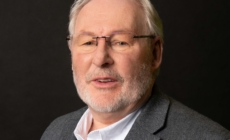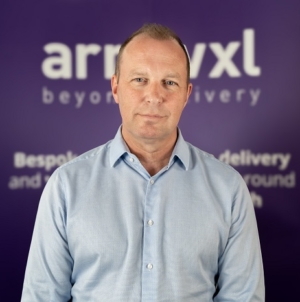-
ROSSLARE EUROPORT TARGETS HEALTH & SAFETY WITH CAMERA TELEMATICS PARTNERSHIP - 2 days ago
-
Landmark Study Reveals Wearable Robotics Significantly Boost Safety and Efficiency in Industrial Environments - July 24, 2024
-
Visku Tackle The Retail Seasonality Challenge One Pallet At A Time - July 22, 2024
-
KAMMAC AND BERGEN LOGISTICS STRENGTHEN FASHION & LIFESTYLE SERVICES IN THE UK - July 19, 2024
-
TENTBOX EXTENDS PARTNERSHIP WITH ARROWXL TO SUPPORT INCREASING DEMAND - July 17, 2024
-
The Perfume Shop improves customer journeys while driving profitability in partnership with Scurri - July 17, 2024
-
ZEROMISSION SECURES £2.3M ($3M) INVESTMENT TO ACCELERATE ELECTRIC FLEETS - July 16, 2024
-
BCMPA CELEBRATES SUCCESS OF 2024 CONFERENCE - July 15, 2024
-
Best of the Best: Jungheinrich Celebrates Triple International Award Win - July 12, 2024
-
GOPLASTICPALLETS.COM CALLS ON NEW CHANCELLOR RACHEL REEVES TO CONSIDER PLASTIC PACKAGING TAX REFORM - July 10, 2024
On-line Retailing in the UK in 2018.
It is predicted that due to the increase of online retailers the UK, Warehousing capacity in the South East of England will be at breaking point by 2020. Supply is reducing but demand is increasing, especially around the London region. New online platforms such as the Warehouse Exchange which is part of www.returnloads.net (the leading freight exchange in the UK) have already attracted hundreds of new Warehouse members since its launch in August 2017. The platform allows warehousing companies to share available space via networking with other companies on the web rather than turn down storage if their own facility is full. Around 4 million sq ft will be needed in London by 2020 but not enough warehouses are being built therefore the need for an online platform which promotes space sharing is vital to the industry.
The Warehouse Exchange already lists around 40 million sq ft of available warehouse space through its 300 members and this is growing at the rate of 3 million sq ft per month. To make matters worse London has actually been seeing a reduction in industrial space of around 260 acres per year over the past few years which is not sustainable with the current and future demands. Part of the problem is the huge demand for residential sites in and around London which means that developers are often applying for a change of use from commercial or industrial to residential.
‘Something must be done and quickly’ says Richard Newbold of Triple A Transport Services Ltd who operate from the Port of London on the River Thames near the town of Tilbury. ‘Alongside our sister company The Logistics Terminal we operate from a 400,000 sq ft facility within the Port and we are literally full, as are most of our competitors in the dock, therefore I predict that London is literally running out of warehouse space and something needs to be done’.
Thurrock Council recently granted permission for industrial usage to a large area just outside of the Port of Tilbury and so far Travis Perkins and Amazon have taken residency. London Gateway which opened recently and Tilbury 2 which is due to open in the next few years are examples of a forward thinking council such as Thurrock. However all councils around London need to be thinking of releasing brownfield land for industrial usage to keep up with demand. Everyone expects delivery of goods ordered online the next day therefore the country needs warehouses in the most congested parts of the UK such as London.

































